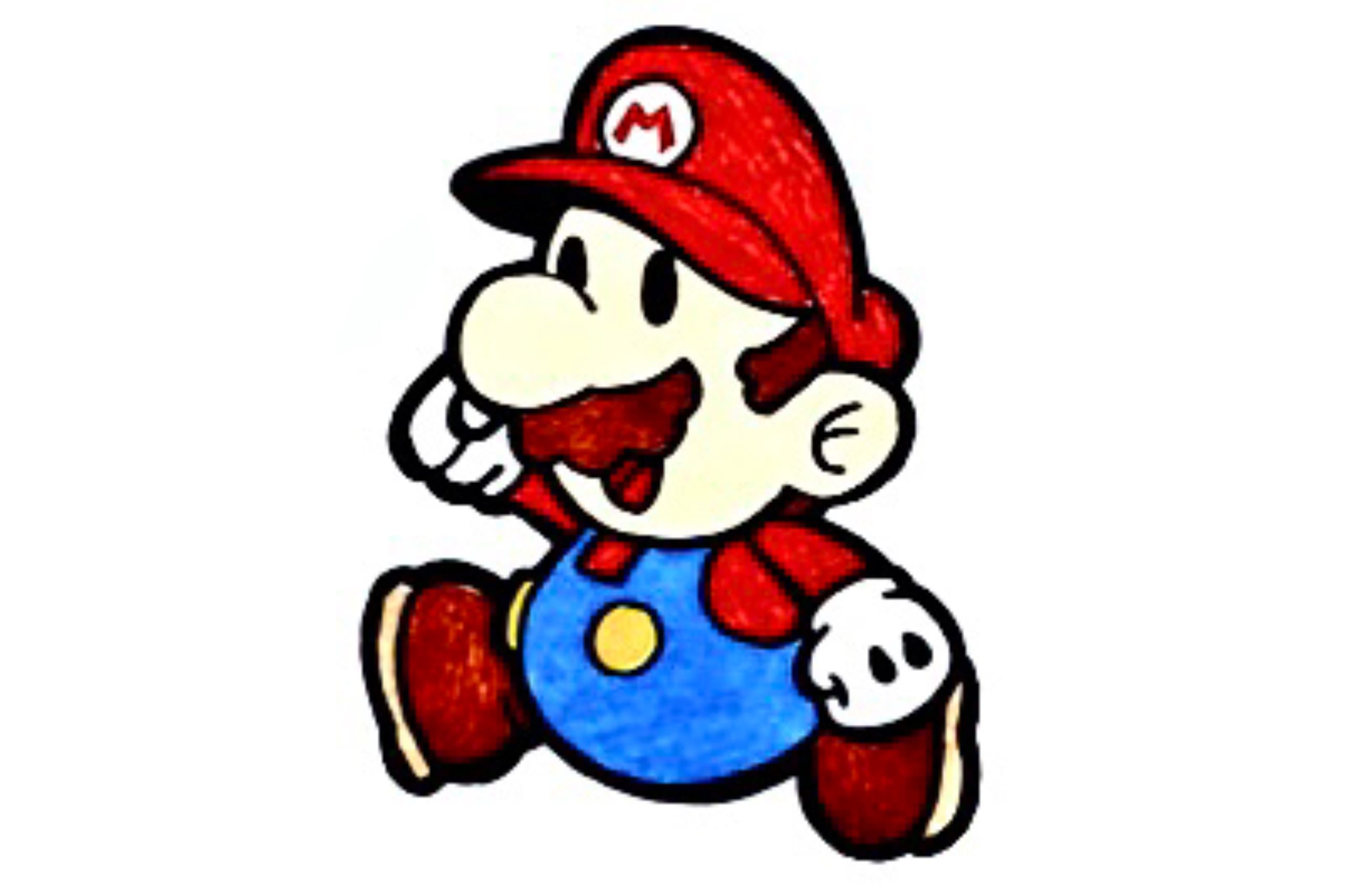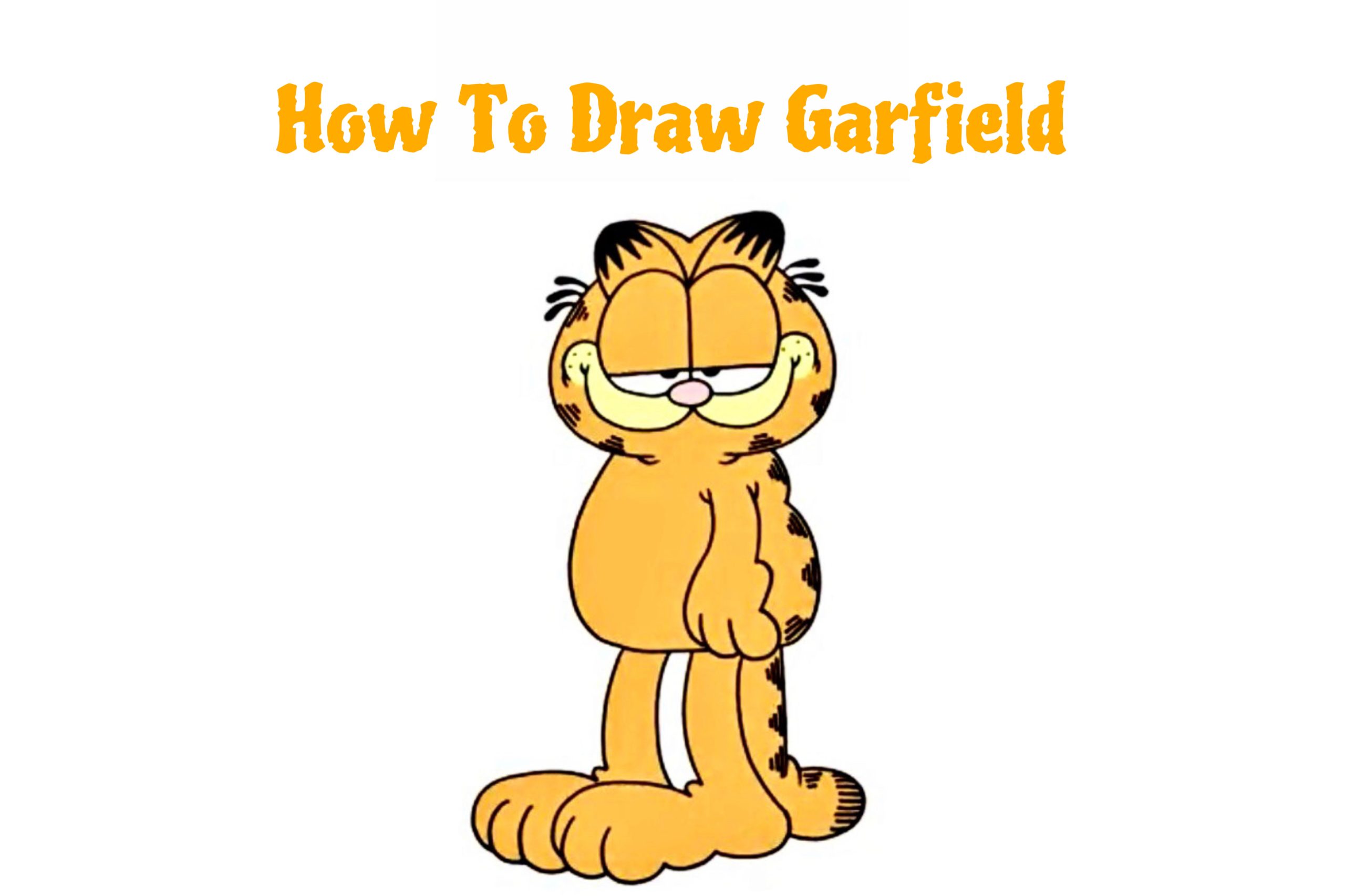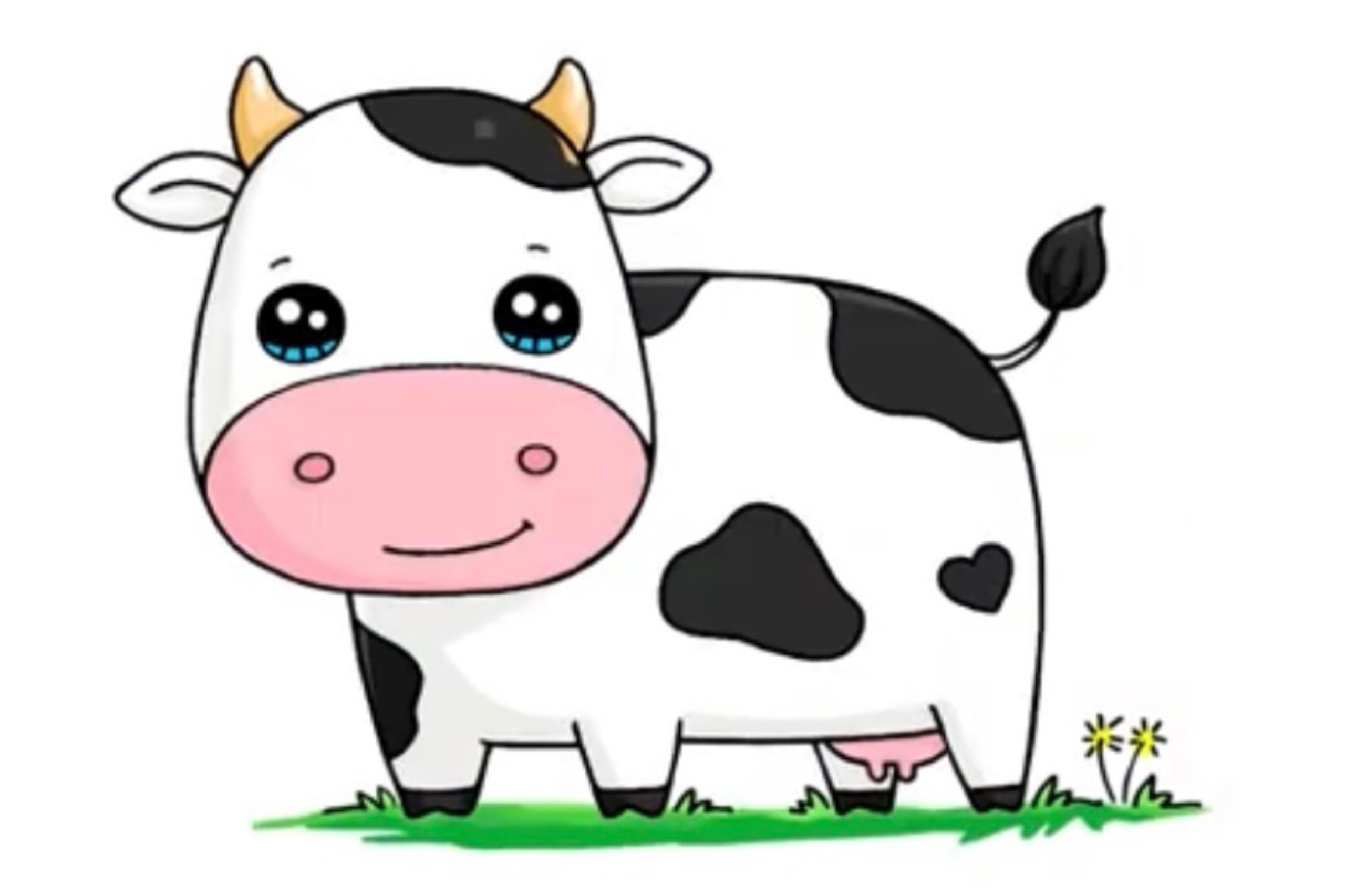Coloring Techniques
Water Coloring Techniques – How To Color Water
Drawing water can be challenging to color due to its continual change and movement. Are you looking for simple water coloring techniques to teach you how to color the water’s surface? The following post will outline some simple methods to help color water simply and easily.
I – Choose your medium you want to use
Various artistic mediums can depict water or the reflection of light and shadows on its surface.
Select materials that you are familiar with and used to working with. Graphite and charcoal pencils are excellent choices because they let you make marks on the paper immediately.
They will also enable you to quickly create different sizes and types of marks.
Ink and water are other appropriate materials to quickly and instantly color water waves. To create the rhythm and fluidity of a lake or stream’s surface, dilute inks with water.

II – Color from a photographic reference
Photography references effectively isolate sections of a complex image and reduce the range of values you intend to color.
Examine your subject closely, focusing on the surface’s colors and reflections.
To aid in your perception of reflective regions on the water. Grab a primary digital picture.
Make a black-and-white image to decrease the amount of values in the image.
Cropping the image is the next step. With this easy method, you can focus on a single area of the picture.
You can concentrate on the tones and surface ripples of the water by cropping the picture.

III – Basic rules of coloring reflections in water
A basic rule that you will need to follow when coloring reflections on the water is that objects above the water will be lighter when colored as reflections in the water.
In your coloring, lighter subjects that seem pale on land will need to be rendered darker in the water.
Consider the density of the different sections of the darker, as water is denser than the air above it.
Related topic: Watercolor Techniques To Create Masterpieces
IV – Water coloring techniques
Creating surface texture onto which you can color reflections on the water effectively generates more preliminary colorings.
1. Paper
Layering tissue paper is one method that works well with tonal graphite coloring.
First, collect some good-quality white cards or cartridge paper.
2. Collage
Gather some thin tissue paper and rip it into asymmetrical shapes, sizes, and horizontal strips.
After completing the preparation of your paper. Start adhering it to the card’s exterior.

3. Mixed Media
Using a piece of sandpaper to work on the surface will enhance the creation of a textural surface that can be used to apply tone.
To add texture to certain areas, use sandpaper.
Once or twice more until you are happy with the outcome of the process.
Now that you have a graphite stick, you can add tone and shading.
The exact process of coloring marks of various sizes can be applied to the sheet’s surface.
Use a soft-grade pencil applied at an angle or a graphite stick. Again, more prominent marks are in the foreground, and more minor marks are colored in the mid and background areas.
Other tools that can be used to blend the graphite include blending stumps or a cotton bud.
V – Coloring reflections on water
To visualize the fluid nature of water and how the environmental conditions affect how it moves and looks.
You can color different shapes and sizes of waves to convey shadows and reflections.
To color a reflection on the water, you will need to begin by coloring the basic outline of the object above the water’s surface.
Color the object’s shape faintly, and once finished, bring your attention to coloring the reflection directly beneath it.
Repeat coloring the same shape and proportions, except it should be colored in reverse.
Once you have completed coloring the outline shapes, add more detail to your reflection. You are now ready to start shading.
You can use oval-shaped lines and shading to depict a reflection on rippled water if that is what you are trying to show.
To add more detail to the reflection, you need to blur the details of the image with a blending stick.
1. Water coloring techniques – Ocean
You can find this wave near the coast or when a surfer rides one. Follow these steps to color a fundamental concave wave in pencil.
You will need a good-quality HB pencil, blending stick, and eraser to complete this coloring. You can also use a mechanical pencil.
Draw and establish the horizon line. This can be colored at a slight angle.
Progress onto the coloring and define the top and bottom of the waves with a faint line.
The lines at the front of the picture will be darker than the waves shown in the background because you are coloring with a single line.
The next stage is to color wavy lines and the water’s edge. Apply an underlying layer of shading to each wave. These can then be blended together with the blending stick. This will start to create the appearance of darker-shaded shadows.
2. How to Color Ocean Waves
Pen and ink lend themselves to the coloring and sketching of reflections and the water’s surface and droplets. For drawing precise lines, ballpoint pens and fine line nips work well.
These water coloring techniques are used to color a wave in a pen.
Color a curved line that dips towards the end. This is a basic shape on which the wave details will be built upon.
Next, color a concave C shape under the crest of the wave.
Color a smaller irregular line that will represent the whitewash foam.

3. Coloring Waves Step by Step
Water lends itself particularly well to the stylized coloring of straight lines and waves in the linear form. Combining bold and finely colored lines can produce various aesthetically pleasing images.
To color a wave inline form, you will need an HB pencil and a fine-line pen for coloring.
Color several repeating shapes using the pencil at various scales and sequences.
After you have colored something to your satisfaction
VI – Artists Inspired by Water

Waves Breaking by Claudia Monet. This is a dramatic coastline painting that depicts waves crashing onto the beach. The impressionist painting uses a variety of blues and greens to capture the motion and force of the waves hitting a rock face on the Normandy coast.
If you are looking up artists who colored water, you should also look at Monets’ drawings of the subject.

The wave was painted by Maggie Hambling. The strength and grandeur of the sea and its waves have inspired Hambling to create several powerful paintings. Hambling is fascinated by the ever-changing character of the sea, its energy sounds, and its ever changing mood.
In an interview, Hambling stated that she was attempting to capture the sound of the waves in her painting. Each individual wave has its own character. Hambling is also inspired by erosion and the effect of the sea on the land over time.
Ian Murphy is a contemporary graphite artist who has experimented widely with colorings of reflections, underwater life, and abstraction. Murphy’s colorings are predominately created using graphite pencils, graphite powder, and blending sticks.
He produced colorings and sketches from direct observation, then took them back to the studio and developed into larger pictures and artwork.
VII – FAQ
1. Water coloring techniques – Coloring Water with Colored Pencils?
Pick out a variety of blue and green tones. Most artists would agree on the advantage of using coloured pencils is that they can be built up in layers.
Begin by applying the light layer of horizontal color across the page. Remember that you will shade with bright colors and then use darker shades of blue over the first layer.
Take a darker shade of tone and apply color pencil to the horizon, remembering that this will be the most shaded area on the page.
When holding the pencil’s shade at an angle and progressively building up
Remember that the reflections of the sun and clouds must be rendered on the paper.
Continue to build up dark shades of blue using short horizontal strokes of color.
Employ a high-grade vinyl eraser to remove pigment from the page’s surface. To represent the motion of the ocean waves, you must use a curved motion when doing this.
Progress onto applying darker green onto the background area of the horizon. Again, remember to use the pencil at an angle.
Next, take a dark blue shadow, add tone to the horizon, and define the white spaces behind which the eraser has left to intensify the contrast between blue and green hues.
Finally, use a white pencil to blend white into the blank spaces and layers over the shades of blue and green.

2. Water coloring techniques – Pool of Water?
Oil pastels are an effective way to color water in a pond or swimming pool.
To begin your coloring, prepare a piece of or heavy-duty card to work on.
Draw a grid from which you can apply areas of tone and shadow.
Start by coloring the top surface of your coloring with the primary shapes and colors of your composition.
Once all of the primary areas of color are applied to the surface. Including the reflections and highlights, begin to render the edges of the shadow.
Continue with these tasks until all of the colors have an even-looking surface.
3. Water coloring techniques – How to Color Water Easily?
The simple approach if you are looking for how to color water is to apply a simple wavy line to the paper’s surface. Color is a simple and stylized manner following the shape of the waves in the sea, the water ripples on a calm lake, or the water’s edge or seascape. Mastering water coloring techniques is essential for any artist who wants to accurately depict water’s fluid and dynamic nature. Are you ready to step into the world of waves and surging waters? Start experimenting with these techniques today and elevating your artwork to a new level!
Drawing water can be challenging to color due to its continual change and movement. Are you looking for simple water… View More









